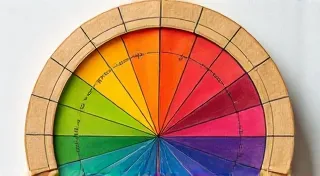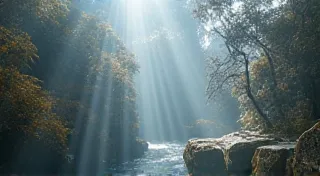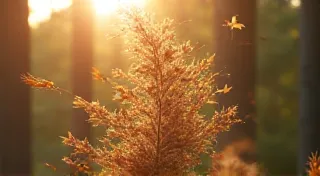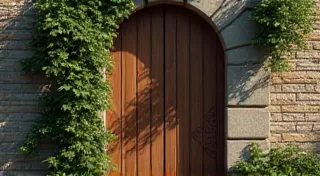Clay Vessels of Dreams: Crafting Scale Model Flower Pots with Soul
There's a quiet dignity in antique accordions. The way the bellows sigh when gently pressed, the faint scent of aged wood and leather, the intricate, almost chaotic, arrangement of keys – it all whispers of stories, of travels, of moments played out under lamplit stages. And that same sense of history, that same yearning to capture a fragment of a bygone era, is what I strive for when crafting miniature flower pots for my dollhouse gardens. They aren’t just containers; they're echoes of a time when pottery held a more profound connection to daily life, a testament to the hand that shaped them, and a silent promise of beauty and growth.
My journey into miniature pottery started, as many creative pursuits do, with a yearning. I wanted my dollhouse gardens to feel genuinely lived-in, not sterile displays. Pre-made miniature pots, while convenient, often lacked that vital spark – the sense of age, the character of a piece that had weathered the elements (even if those elements were imaginary). So, I began experimenting, initially with polymer clay, and eventually, with air-dry clay, finding that both offered distinct advantages depending on the desired effect.
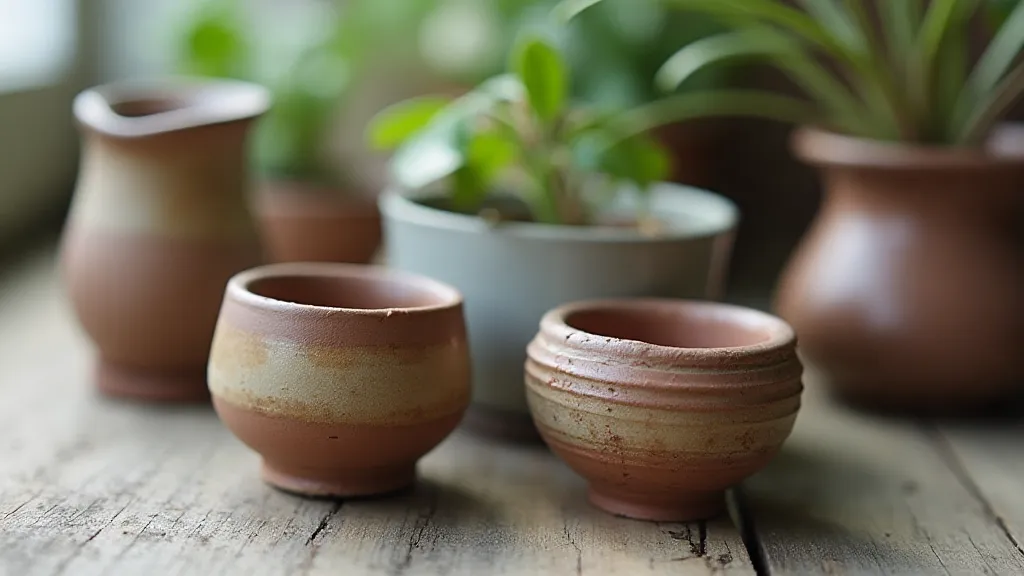
The Alchemy of Clay: Choosing Your Material
The clay itself dictates so much of the final piece. Polymer clay, like Sculpey or Fimo, is fantastic for intricate details and a vibrant range of colors. It’s forgiving; mistakes can be undone, and the final product is durable. However, it lacks the earthy feel of true pottery. Air-dry clay, like DAS or La Doll, offers a more authentic look and feel. It's lovely to work with, feeling cool and pliable in your hands. The challenge, of course, is its fragility when dry. Sealing is essential, and handling should be gentle. Ultimately, your choice depends on your skill level and the aesthetic you're aiming for. Often, the desired aesthetic is influenced by the overall feel we want to create – something that echoes the care and dedication put into creating miniature landscapes, akin to the painstaking process of mixing subtle hues in miniature landscape painting.
Form and Function: Designing Your Miniature Pots
Consider the plants you’re intending to house. A delicate maidenhair fern will flourish in a shallow, wide bowl, allowing its roots to spread. A trailing ivy might drape beautifully from a hanging pot, while a miniature rose demands a more substantial, classic urn. Think about the style of your dollhouse and garden. A Victorian-era garden calls for ornate, romantic pots – perhaps with raised floral patterns or delicate handles. A more rustic, cottage garden might benefit from simple, chunky pots with a slightly rough texture.
Size, naturally, is crucial. Scale is everything in miniature gardening. A pot that looks graceful in 1:12 scale will appear monstrously large in 1:24 scale. Invest in a set of calipers to accurately measure existing miniature items or to calculate the equivalent scale sizes. It’s also helpful to have a collection of photographs of antique pottery for inspiration – a quick online search for “antique flower pots” will yield a wealth of visual treasures.
The Magic of Texture: Emulating Age and Character
This is where the soul of your miniature pots truly emerges. A perfectly smooth, pristine pot looks utterly lifeless. Instead, strive for imperfection. Use a needle tool or a small sculpting tool to create subtle scratches, chips, and cracks. Apply a textured rolling pin or a piece of corrugated cardboard to create a rough, weathered surface. Even a simple press of your fingertip can add a unique, organic feel.
Experiment with layering. Apply a thin layer of clay, allow it to dry slightly, and then add another layer on top, using different tools to create contrasting textures. Consider embedding tiny pebbles or sand into the surface for added realism. Think about how natural elements – sun, rain, frost – would affect the clay over time. These are the details that transform a simple container into a miniature masterpiece. The process can be surprisingly immersive, much like discovering the right elements to create the magical atmosphere you'd find in a curated collection of authentic fairy garden supplies online.
Glazes and Finishes: Bringing Your Pots to Life
Glazing, of course, is essential for sealing and adding color. For polymer clay, acrylic paints work beautifully, sealed with a layer of varnish. Air-dry clay can be glazed with acrylic paints, diluted with water for a more translucent effect, or with specialized air-dry clay glazes.
Experiment with different glazing techniques. A dry brushing technique, using a lighter shade of paint over a darker base, can create a weathered, antique look. A crackle glaze, achieved by applying a thin layer of glaze over a base coat, adds a touch of rustic charm. A glossy glaze gives a more refined, elegant finish. Consider using metallic paints for a touch of opulence, or a matte glaze for a more understated look.
Don’t be afraid to mix and match finishes. A pot with a glossy rim and a matte body can be particularly striking. Remember that antique pottery often exhibits inconsistencies in glazing – a drip here, a patch of uneven color there. These imperfections are part of the story.
Creating Miniature Greenhouses: A Special Touch
For dedicated miniature gardeners, consider creating miniature greenhouses to protect delicate plants or to showcase a particularly prized specimen. These can be built from clear plastic sheets or acetate, supported by a simple wooden frame. Scale model flower pots are, of course, a vital element here. A tiny Victorian-style greenhouse, complete with miniature potting benches and scale bonsai techniques, elevates the entire dollhouse garden.
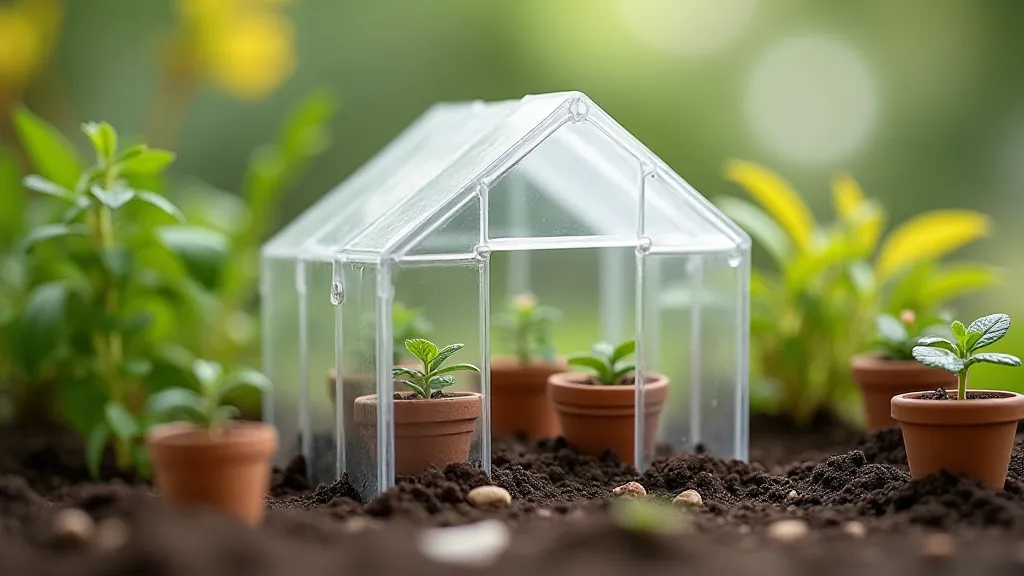
Sourcing Inspiration: A Collector's Eye
The quest for creating truly authentic miniature gardens often leads to a deep appreciation for vintage and antique items. It’s about more than just replicating a style; it’s about embodying the spirit of a bygone era. Discovering unique elements can be a journey in itself, similar to the satisfaction experienced by a dedicated collector seeking out rare and wonderful items. This meticulous search often involves trawling through online auctions and antique shops, much like a seasoned collector sourcing vintage miniature garden elements. The reward is a garden that tells a story – a testament to history and craftsmanship.
Understanding the Science of Moss and Soil
Beyond the aesthetics, a successful miniature garden thrives on a foundation of healthy plants. Understanding the nuances of soil composition and moisture levels is paramount. The selection of appropriate moss species adds another layer of complexity, as different varieties require specific conditions to flourish. Achieving a flourishing miniature ecosystem, one brimming with life and vitality, often involves a degree of horticultural knowledge. Mastering the secrets to cultivating the perfect miniature moss, replicating the vibrancy of nature on a smaller scale, unlocks another layer of artistic expression. The practice of cultivating miniature moss, ensuring a thriving ecosystem within a limited space, can be a deeply rewarding journey in itself – a pursuit similar to the challenges faced by those unraveling the verdant cipher of miniature moss cultivation secrets.
Beyond the Craft: Appreciation and Inspiration
The process of creating miniature flower pots is more than just a craft; it's a connection to the past, an opportunity to appreciate the beauty of imperfection, and a chance to exercise your creativity. It’s akin to restoring an antique accordion – understanding its construction, appreciating its history, and breathing new life into a cherished artifact.
Seek inspiration from antique pottery collections, flea markets, and online auctions. Study the construction techniques of master potters. And, most importantly, allow yourself to experiment and to make mistakes. Each miniature flower pot is a unique creation, a testament to your skill and your passion. And just like the silent song of an antique accordion, these miniature vessels tell a story – a story of beauty, of history, and of the enduring power of the human spirit.
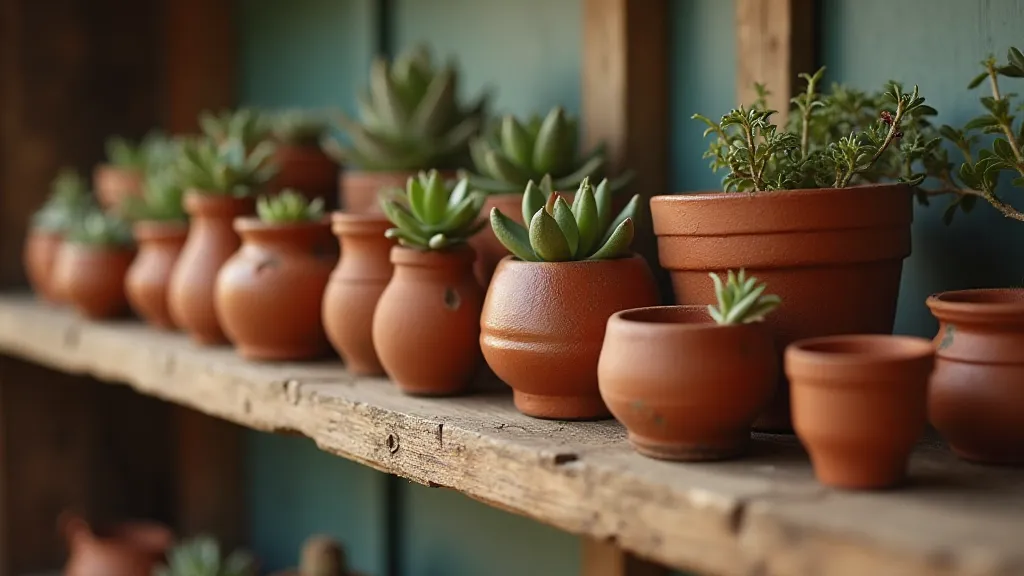
The finished pots can be beautiful additions to any miniature garden, and finding those unique pieces is often as rewarding as creating them. If you're looking for some extra inspiration, be sure to explore our collection of vintage miniature garden elements.
